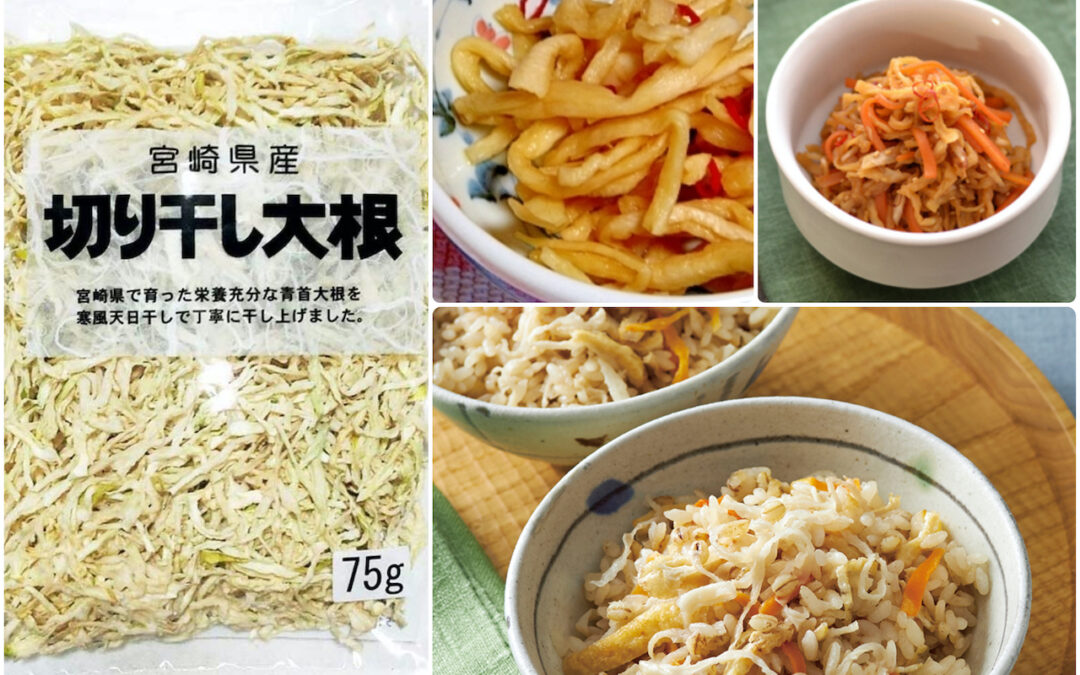
by Elizabeth Andoh | Mar 16, 2024 | Kitchen PROJECTS, Year-Round
Cooking with KIRIBOSHI DAIKON in your kitchen. This versatile ingredient can be used in soups, pickles, rice dishes and a variety of sides, too. Here are a few recipes to get you started: Kogane Meshi, a takikomi-style rice dish Granny’s Sun-Dried Radish, a...
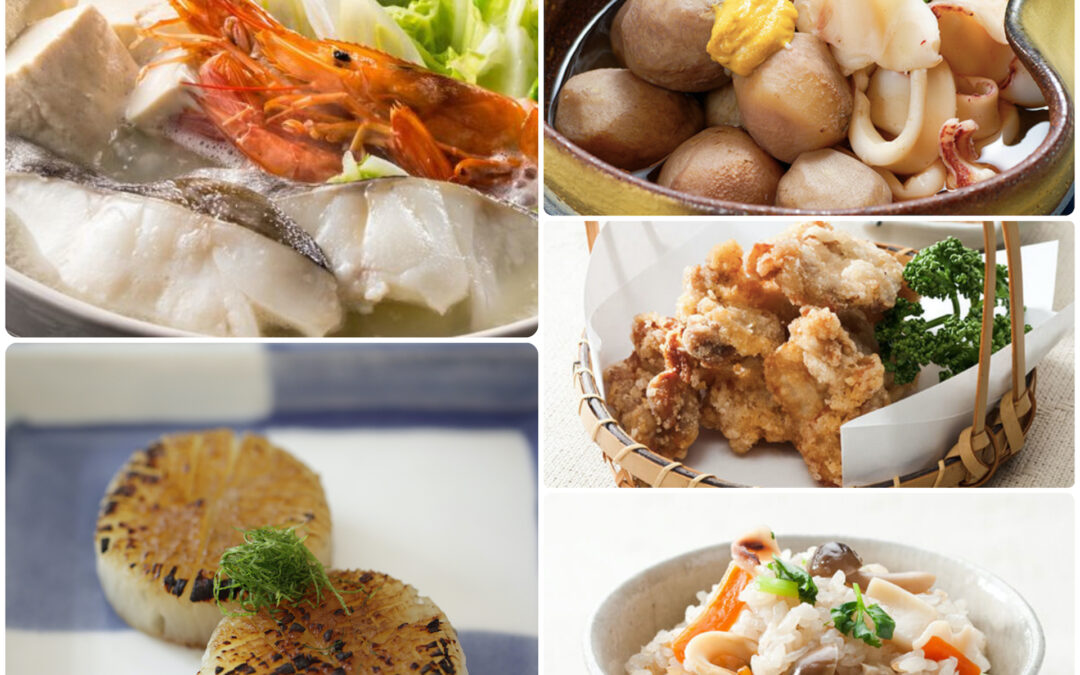
by Elizabeth Andoh | Feb 4, 2024 | Kitchen PROJECTS, Year-Round
Five ways to use fermented fish sauce There are lots of ways of using fish sauce. Here are a few popular examples: (top, left) NABÉMONO (hot pots that get assembled ahead and simmered at table) are often made with a seasoned broth. IKANAGO NABÉ seasoned with funky...
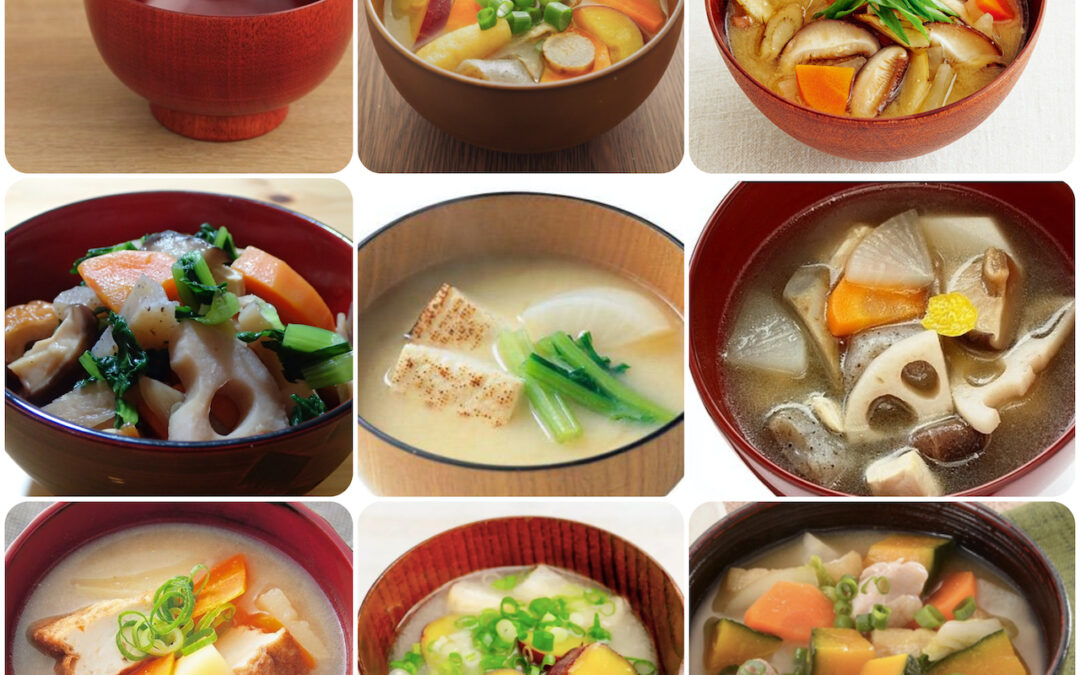
by Elizabeth Andoh | Jan 8, 2024 | Kitchen PROJECTS, Year-Round
PROJECT Miso Soup In most Japanese households, miso soup is served daily, often as part of breakfast, though it could just as easily appear at lunch or dinner. Most Japanese have strong regional preferences when choosing what miso to use (details posted to Kitchen...
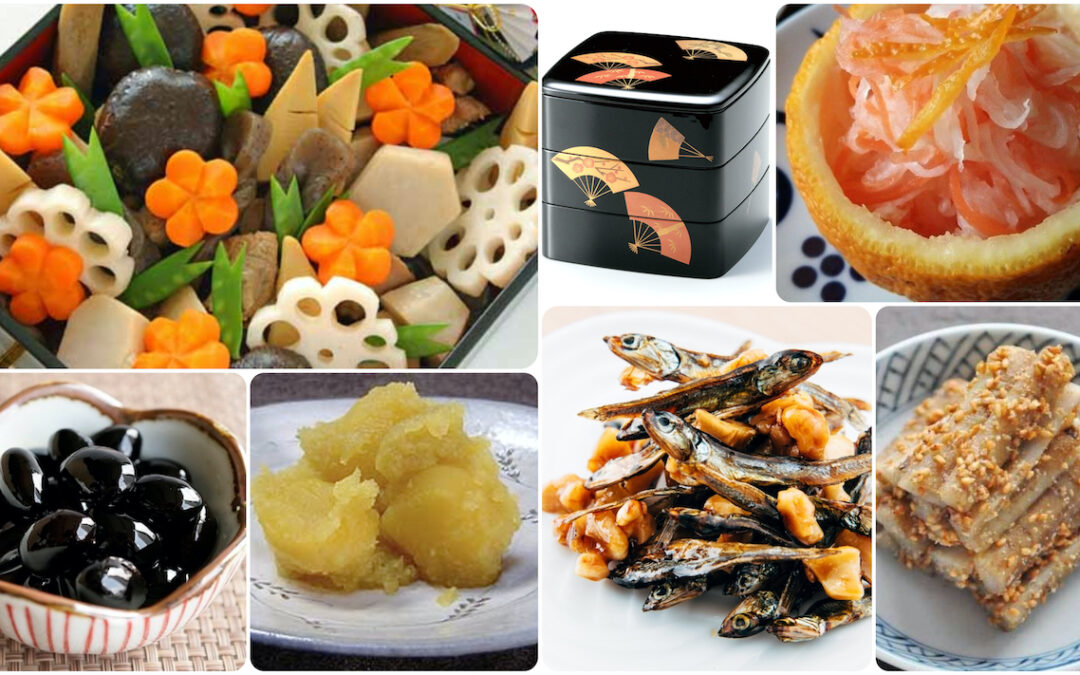
by Elizabeth Andoh | Dec 11, 2023 | Holiday, Kitchen PROJECTS, Winter
PROJECT Osechi-Making December is a busy time… The Japanese aptly call the final month of the year shiwasu, written with calligraphy for “professor” 師 and “running about in a tizzy” 走. In Japan shiwasu is a time of frenzied activity that...
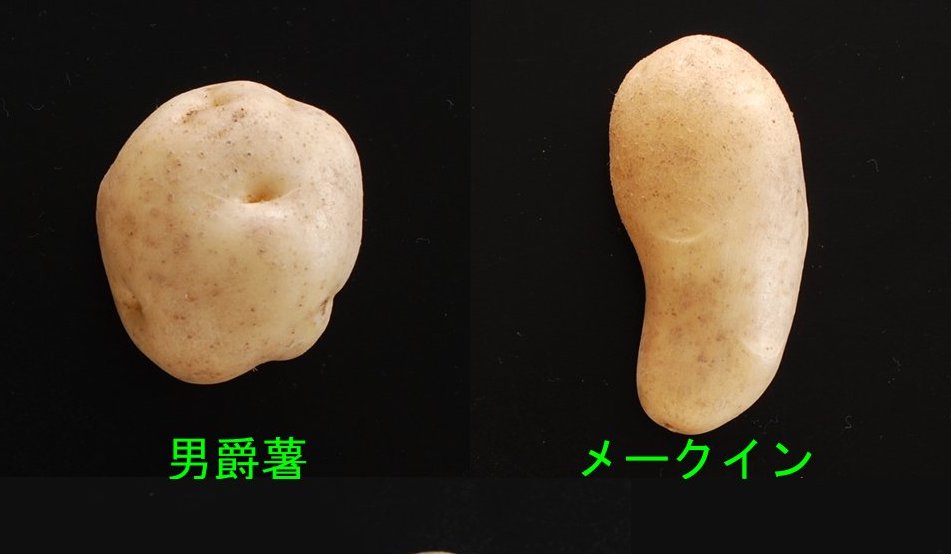
by Elizabeth Andoh | Nov 3, 2023 | Kitchen PROJECTS, Year-Round
PROJECT Potato Most white-fleshed potatoes generally fall into either of two categories: fluffy OR waxy. Fluffy potatoes are high-starch and tend to crumble when simmered; they are perfect for mashing, and when making korokke (croquettes). The Japanese often describe...
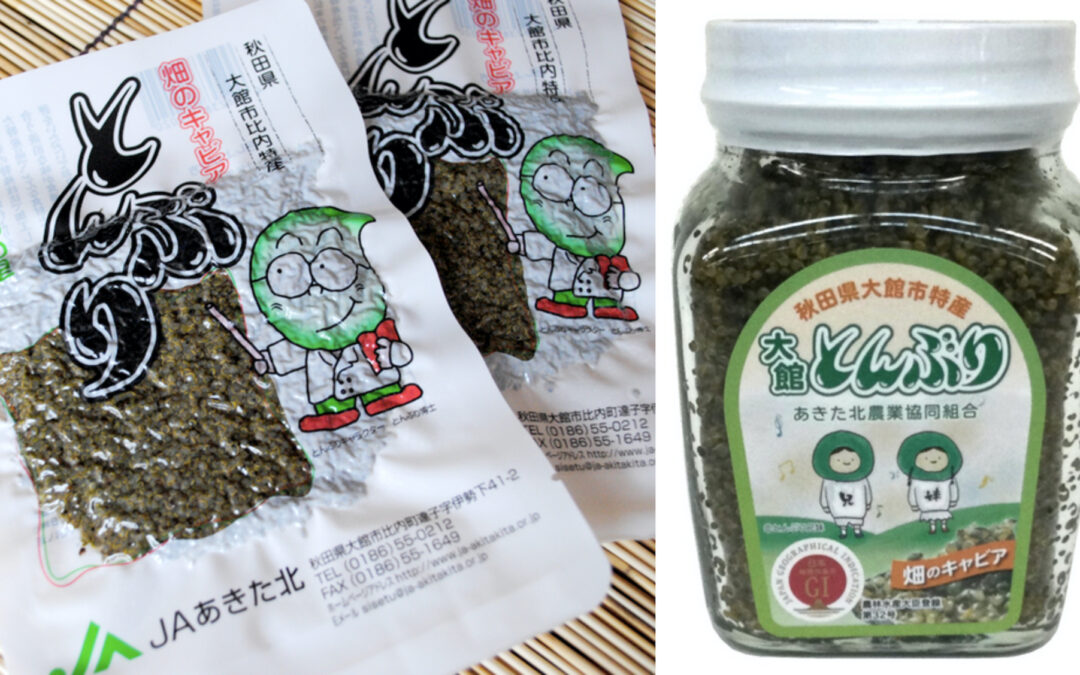
by Elizabeth Andoh | Oct 2, 2023 | Kitchen PROJECTS, Summer
PROJECT TONBURI Tonburi, the seeds of the broom plant, are tiny and black-green in color. Because they mimic the appearance and mouthfeel of sturgeon caviar tonburi is often referred to as hataké no kyabia (“caviar of the field”). Akita prefecture in the Tohoku...
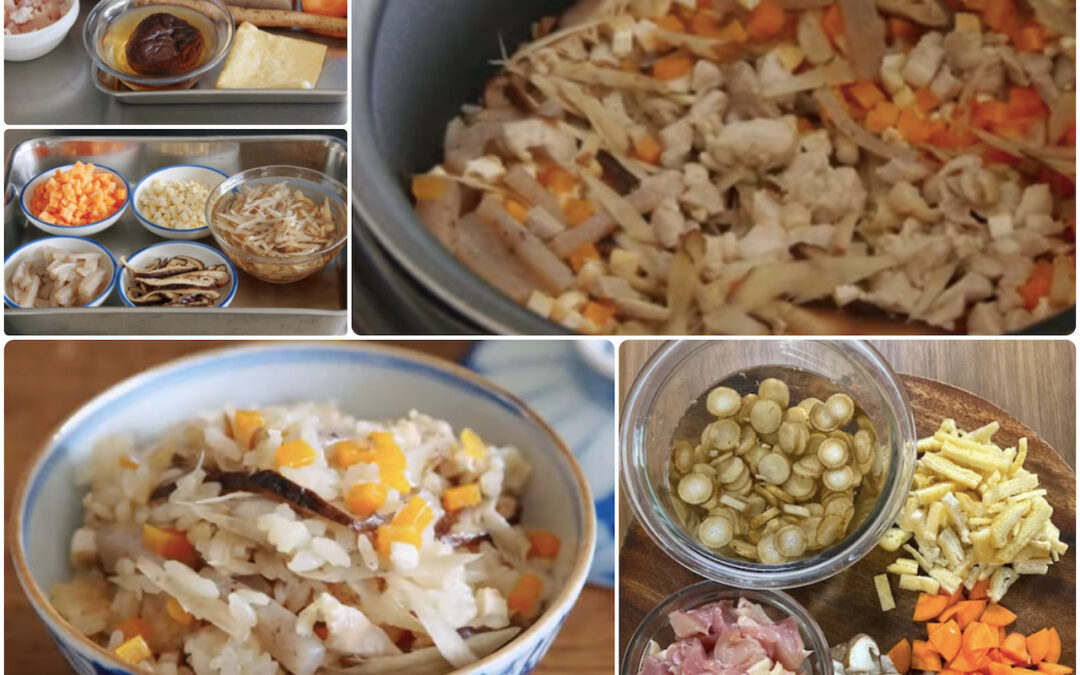
by Elizabeth Andoh | Sep 4, 2023 | Kitchen PROJECTS, Year-Round
PROJECT TAKIKOMI GOHAN Takikomi-style rice dishes are cooked in a flavorful stock extracted from the ingredient being featured (in this case, MUSHROOMS). Takikomi rice is truly a delicious way to enjoy seasonal bounty. Download a recipe for KINOKO GOHAN to get...

by Elizabeth Andoh | Aug 2, 2023 | Culture, Kitchen PROJECTS, Summer
OBON cookery: Cucumbers & Eggplant Project OBON is about eggplant and cucumber cookery. Why eggplants and cucumbers? These vegetables reach their peak of flavor during the summer when Obon is celebrated. And, the vegetables are fashioned into transportation for...
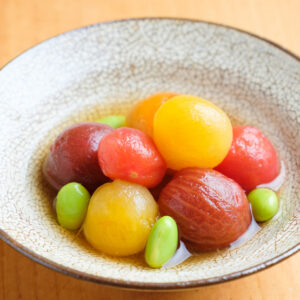
by Elizabeth Andoh | Jul 17, 2023 | Kitchen PROJECTS, Summer
TOMATOES combine well with both land and sea vegetables, and with cold noodles too, to make a variety of SALADS. This PROJECT Tomato Salad is about creating your own “house” salad featuring tomatoes. To start you off, here is a recipe for enjoying tomatoes...
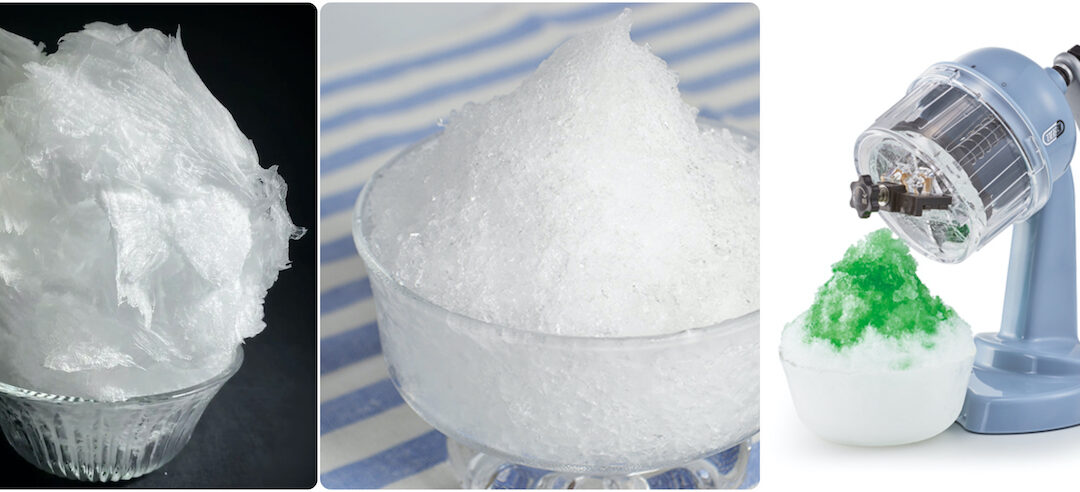
by Elizabeth Andoh | Jun 13, 2023 | Kitchen PROJECTS, Summer
PROJECT Shaved Ice is about making Japanese-style kaki-gōri confections. Strawberry Sauce Many people top shaved ice with fresh fruit or commercially prepared syrups. But for those who would like to make their own, here is a simple-to-make STRAWBERRY sauce. Note the...
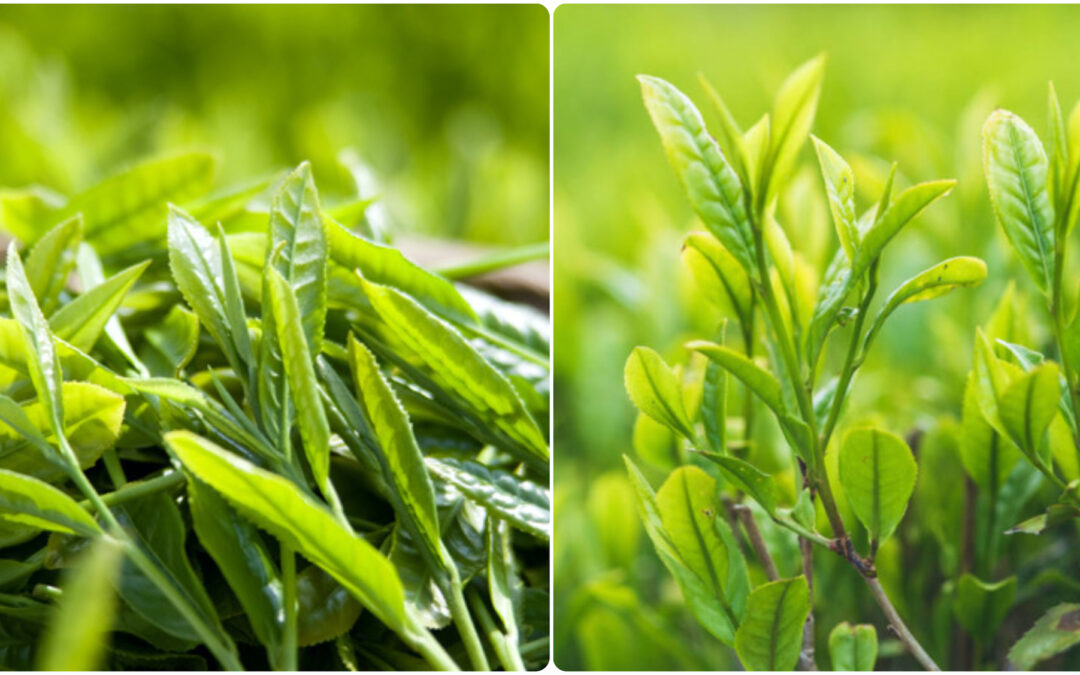
by Elizabeth Andoh | May 18, 2023 | Kitchen PROJECTS, Spring
PROJECT New Tea This PROJECT is about brewing and enjoying new tea, called shincha 新茶 in Japanese. Shincha teas are available online and in specialty shops around the world. Most of the commercial green tea crop in Japan is grown in Shizuoka, southwest of Tokyo,...
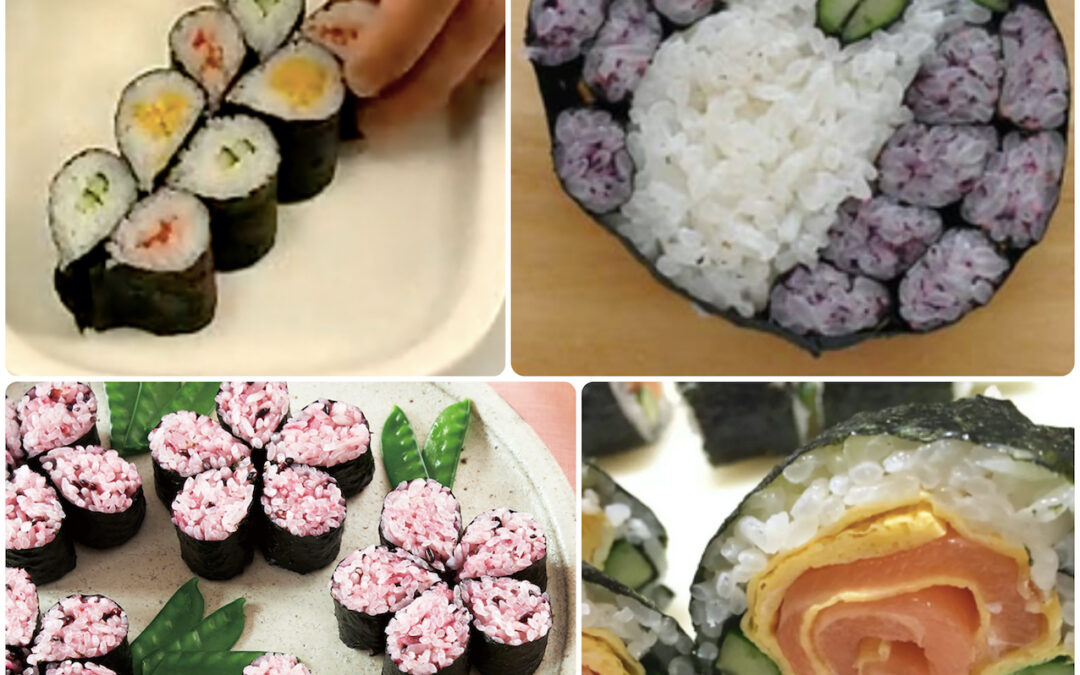
by Elizabeth Andoh | Apr 27, 2023 | Kitchen PROJECTS, Spring
Flower-Inspired Rolled Sushi Use your imagination to create rolled sushi inspired by flowers. To get you started, here are some basic recipes: This recipe for CLASSIC SUSHI MESHI includes instructions on cooking and seasoning rice, and information on the wooden tub in...
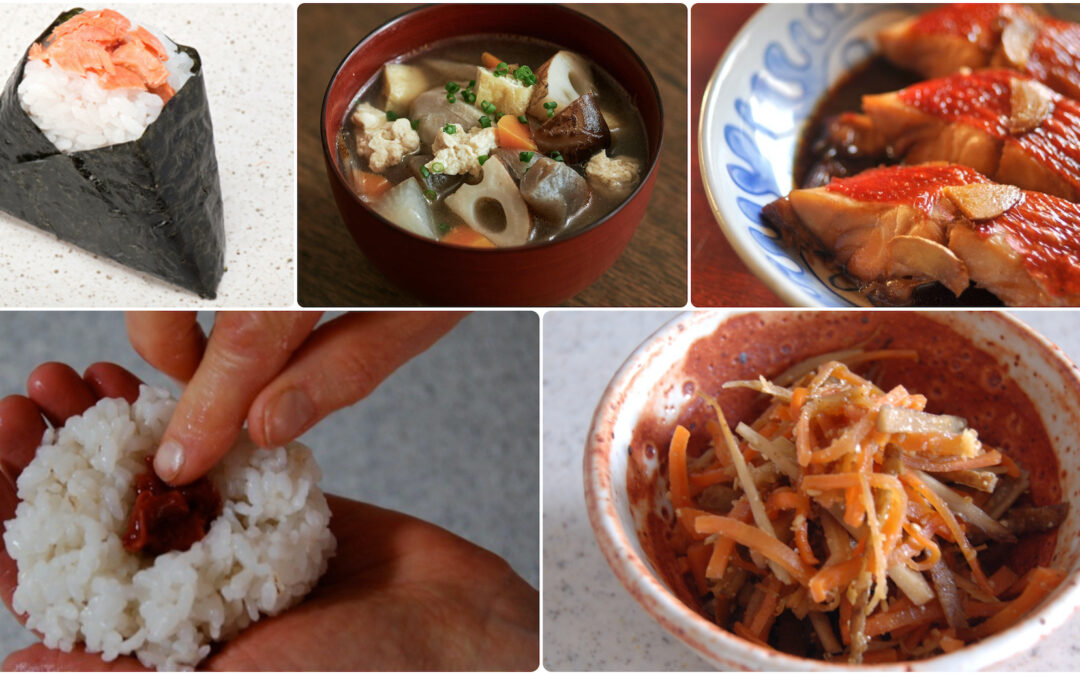
by Elizabeth Andoh | Mar 30, 2023 | Kitchen PROJECTS, Tabletop, Year-Round
Recipes for Red Foods Generations of Japanese have been well nourished daily by modest meals following a simple pattern: soup, rice, and a few other dishes. This easy-to-compose menu model called ichi jū san sai (一汁三菜 ) that satisfies hunger while fulfilling...
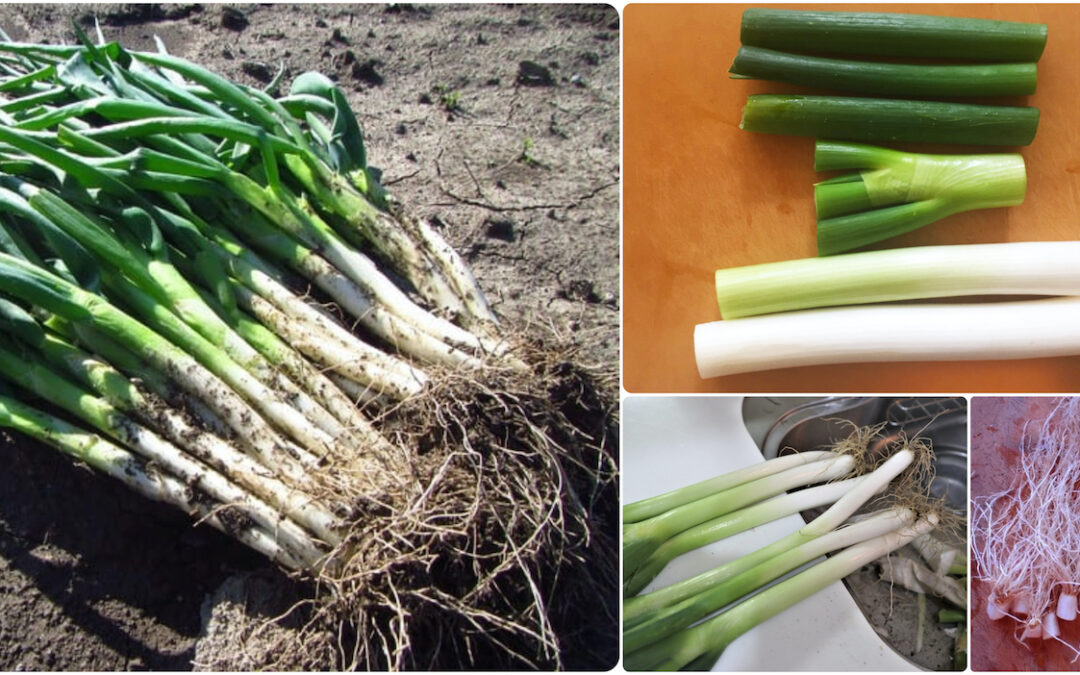
by Elizabeth Andoh | Feb 28, 2023 | Kitchen PROJECTS, Year-Round
NAGA NEGI・長葱 Indispensible in nabé (hot pot) cookery, as a condiment and in soups all parts of naga negi (Allium fistulosum) are edible. Plan from the start to use the plant fully. If your naga negi have roots attached, wash them thoroughly to remove all the dirt that...
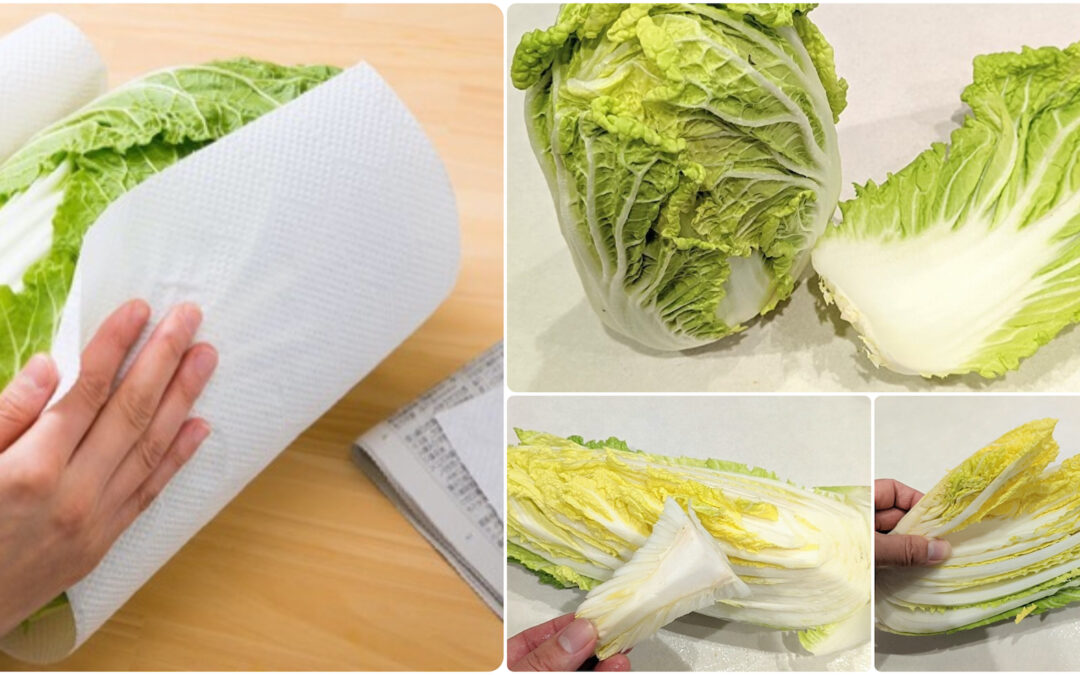
by Elizabeth Andoh | Jan 29, 2023 | Autumn, Kitchen PROJECTS, Winter
Using HAKUSAI fully A favorite wintertime vegetable in Japan, hakusai cabbages are increasingly available in Asian groceries throughout the world. A whole head averages 2 kilo (about 4 and 1/2 pounds). I encourage you to buy one (or at least a half or quarter-head...
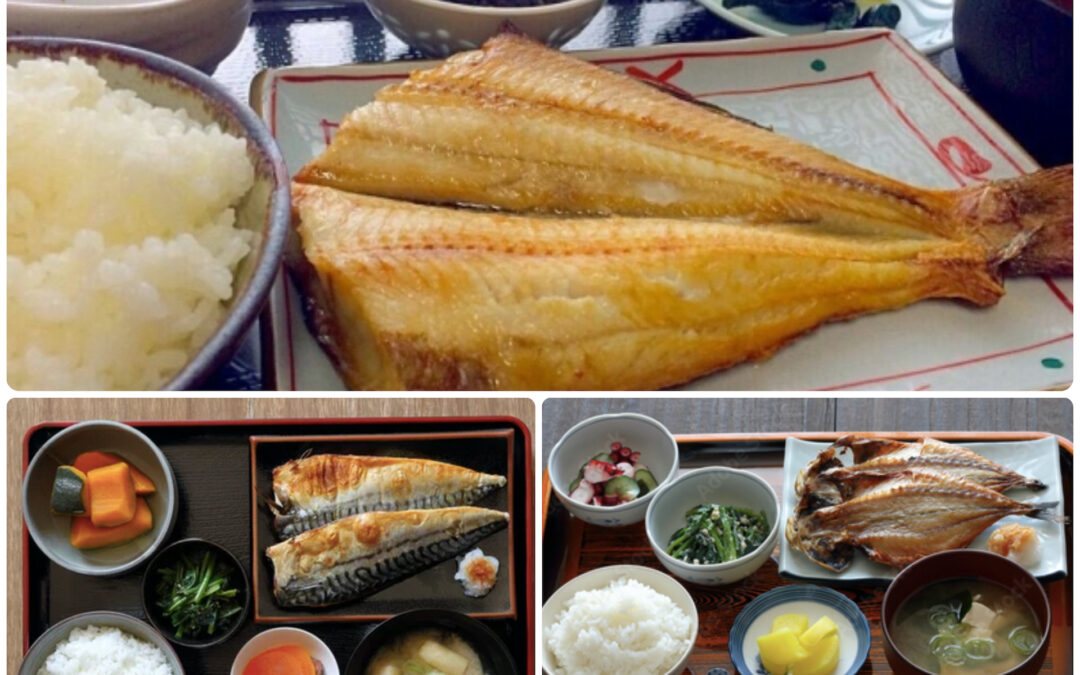
by Elizabeth Andoh | Dec 7, 2022 | Kitchen PROJECTS, Year-Round
Making a Home-Style Meal featuring ichiya-boshi Traditionally, bountiful catches of fish were gutted, salted, and set out to dry in order to extend their shelf life. The generic term for these sorts of fish is himono, literally “the dried thing,” though these...

by Elizabeth Andoh | Nov 11, 2022 | Kitchen PROJECTS, Year-Round
PROJECT Adzuki: Sweet & Savory The adzuki bean 小豆 plays a prominent role in Japanese cookery, especially in the making of sweets… though savory dishes also abound. This Kitchen PROJECT is about exploring the many possibilities. I provide one sweet recipe...
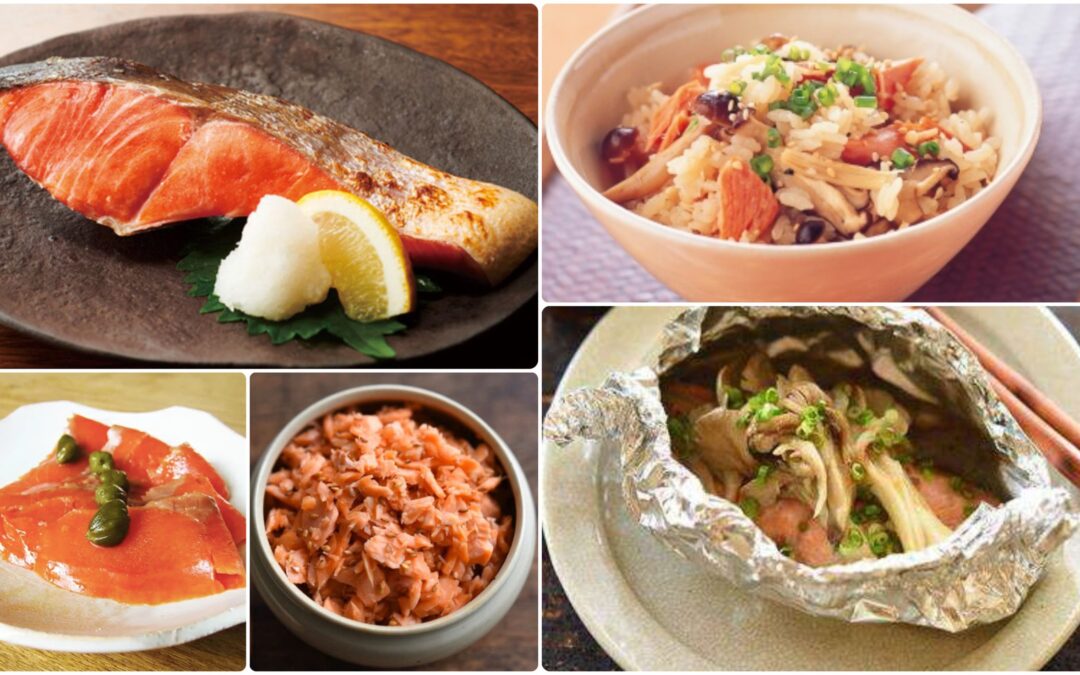
by Elizabeth Andoh | Oct 10, 2022 | Kitchen PROJECTS, Year-Round
SALMON・鮭・SAKÉ Salmon lends itself to variety of cooking methods — it can be skillet-seared, steamed, broiled, grilled, braised, smoked, poached and fried. PROJECT Salmon is about preparing salmon in many different ways in your kitchen. You’ll find lots of...
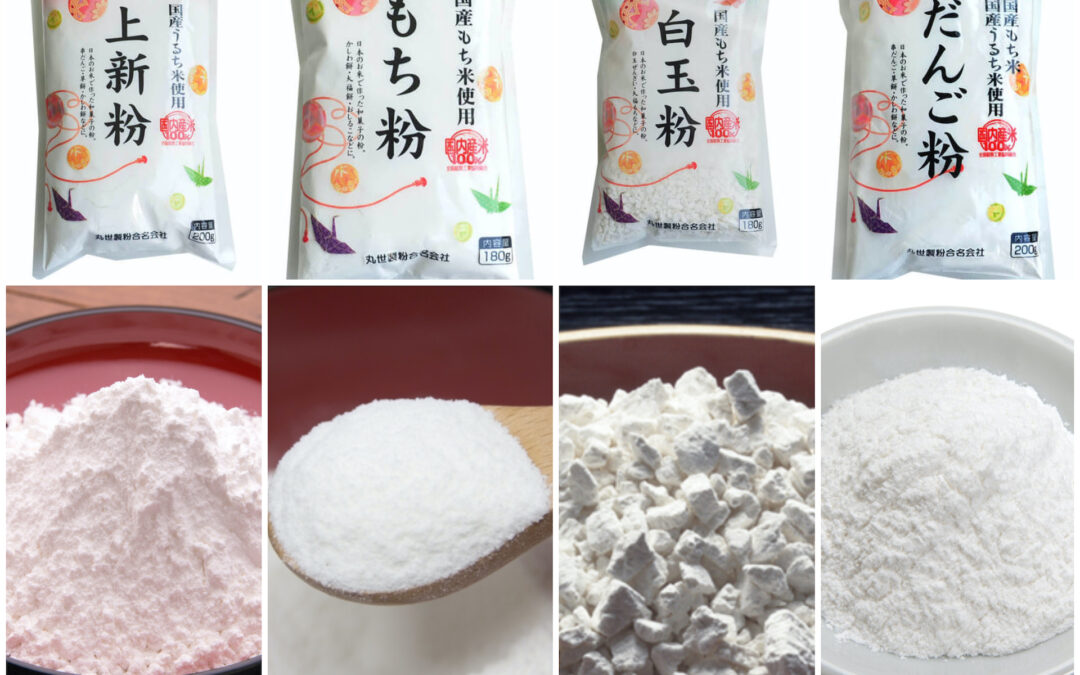
by Elizabeth Andoh | Sep 2, 2022 | Kitchen PROJECTS, Year-Round
米の粉PROJECT: Komé no KonaRice Flour In Japanese cookery there are four types of rice flour that are commonlyused. One is made from uruchi mai or “table rice,” several are made from mochi-gomé or “sticky rice” and one is made from a combination...
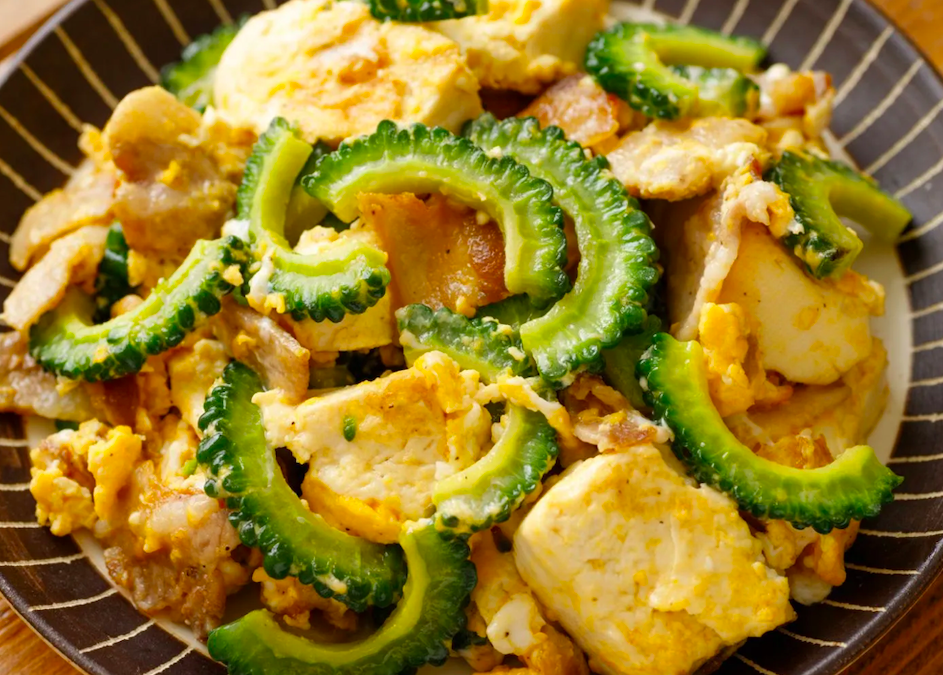
by Elizabeth Andoh | Aug 12, 2022 | Kitchen PROJECTS, Summer
チャンプルーPROJECT Champuru This Kitchen PROJECT is about making champuru (a stir-fry that is a signature dish of Okinawa) in YOUR kitchen Every household in Okinawa will have its own variation on the basic theme. A classic version made with bacon, tōfu, gōya, onions and...





















